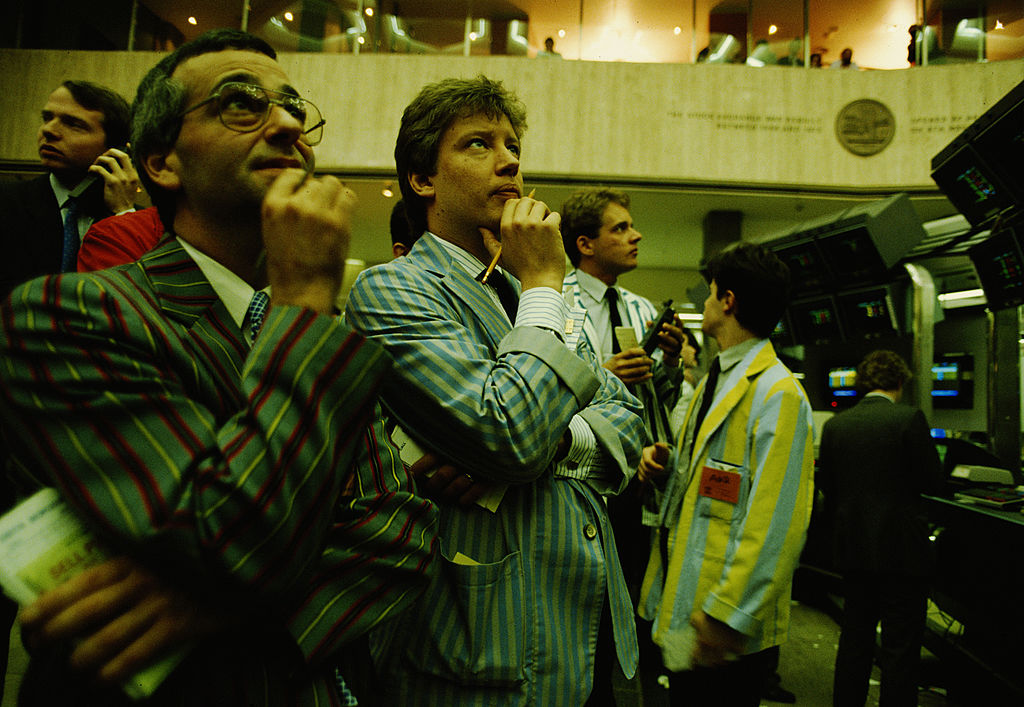The end of the American Dream
The middle class in America is in crisis, with incomes falling and life expectancy worsening. Why? And what can be done about it? Simon Wilson reports.

The middle class in America is in crisis, with incomes falling and life expectancy worsening.Why? And what can be done about it? Simon Wilson reports.
What's it like to be a middle-class American?
Increasingly precarious, it seems. In an article entitled "The Secret Shame of Middle Class Americans" in this month's issue of The Atlantic, the writer Neal Gabler an author, film critic and academic came out as one of the many millions of apparently middle-class Americans who are in fact living in a "more or less continual state of financial peril" scrabbling around to make ends meet, and mostly failing.
Gabler draws attention to a regular survey by the Federal Reserve, which asks consumers a set of questions, including how they would pay for a $400 emergency. "The answer: 47% of respondents said that either they would cover the expense by borrowing or selling something, or they would not be able to come up with the $400 at all", writes Gabler. "Four hundred dollars! Who knew? Well, I knew. I knew because I am in that 47%."
MoneyWeek
Subscribe to MoneyWeek today and get your first six magazine issues absolutely FREE

Sign up to Money Morning
Don't miss the latest investment and personal finances news, market analysis, plus money-saving tips with our free twice-daily newsletter
Don't miss the latest investment and personal finances news, market analysis, plus money-saving tips with our free twice-daily newsletter
Does the data support this?
Yes. Research into this niche area of microeconomics day-to-day "financial fragility" has boomed since the Great Recession, according to David Johnson, an economist at the University of Michigan who specialises in income and wealth inequality. A 2014 survey study found that only 38% of Americans would cover a $1,000 emergency medical bill or a $500 car repair bill with money they had saved.
Another academic study found that a quarter of households would definitely fail to get their hands on $2,000 within 30 days in an emergency, and a further 19% would be able to do so only by pawning possessions or taking out a payday loan.
What does this tell us?
On this basis the researchers concluded that nearly half of Americans are "financially fragile" and that necessarily includes a sizeable chunk of the middle classes, as the details of the studies mentioned above show. Some 44% of middle-income households said they would struggle to raise the $400. Nearly half of college graduates would not cover a $500-$1,000 emergency with savings.
A quarter of people living in households earning $100,000-$150,000 a year (at the higher-income end of the middle class) claim not to be able to raise $2,000 within a month. Even if you take some of this with a pinch of salt better off households are likely to have access to other forms of net wealth, albeit less liquid the picture it paints of a middle-class crisis is stark.
Is this a growing problem?
It seems to be. The respected and non-partisan Pew Research Center defines "middle income households" as those whose incomes range between two-thirds the median income to double the median. In 2014, that range of incomes was between about $42,000 to $125,000. For the first time in at least four decades less than half of the population fell into this broad swathe of the "middle classes" compared with 61% at the end of the 1960s.
Meanwhile, the lower tiers have expanded to account for just under a third of the population. The upper tiers have expanded too, and now account for just over a fifth. In other words, more people are getting poorer and more are getting richer in a gradually more unequal society, as technological change and globalisation drive a wedge between the winners and losers.
Are incomes falling?
Alas, yes. A major new analysis of income in America published by Pew earlier this month found that more than 80% of the country's 229 metropolitan areas have seen real (inflation-adjusted) incomes fall steadily since the start of this century. Some of the steepest declines in median incomes have been seen in cities hit by industrial decline for example a 27% drop in Springfield, Ohio and 18% in the conurbation that includes Detroit. But, ominously, even fast expanding success stories have seen incomes falling.
The area around Denver, Colorado, has seen its population grow by 600,000 since 1999, but its median income has fallen from $83,500 to less than $76,000. Similarly Raleigh, North Carolina, is a fast-growing city buoyed by a cluster of research universities and biotech firms; the population has shot up from 800,000 to 1.3 million this century. Yet its middle class has shrunk from 55% of the population to 50%, and median incomes have fallen by more than $11,000 to about $74,000.
What about the rest of the world?
In his recent book, Global Inequality, the former World Bank economist Branko Milanovic includes a fascinating chart showing how the real incomes of the world's population have changed in recent decades according to where they stand on the global income distribution. The vast bulk of the world's population is better off in real terms.
However, one important group is either poorer or only marginally better off those between the 75th and the 90th percentile, meaning the lower- and middle-income populations of rich Western countries. What this suggests is that if mainstream policymakers wish to contain the rise of populists such as Donald Trump, they first need to recognise that the populists' middle-class supporters have reason to be unhappy.
End of the American Dream why voters turn to Trump
The rise of Donald Trump to be a contender for the USpresidency may seem hard to understand, but remarkabledata on American mortality rates (which are rising) andlife expectancy (which is falling) hints at the middle-class problems that drive his popularity.
Princeton professorsAnne Case and Angus Deaton found a sharp changein these between 1990 and 2010 among less educated, middle-aged white people, due to drug and alcohol misuseand suicide. "It is tough to fail in a culture that worshipspersonal success," says Martin Wolf in the FT. "Supportfor Mr Trump among this group must express this despair.As their leader, he symbolises success. He also offers nocoherent solutions. But he does provide scapegoats."
Get the latest financial news, insights and expert analysis from our award-winning MoneyWeek team, to help you understand what really matters when it comes to your finances.
Simon Wilson’s first career was in book publishing, as an economics editor at Routledge, and as a publisher of non-fiction at Random House, specialising in popular business and management books. While there, he published Customers.com, a bestselling classic of the early days of e-commerce, and The Money or Your Life: Reuniting Work and Joy, an inspirational book that helped inspire its publisher towards a post-corporate, portfolio life.
Since 2001, he has been a writer for MoneyWeek, a financial copywriter, and a long-time contributing editor at The Week. Simon also works as an actor and corporate trainer; current and past clients include investment banks, the Bank of England, the UK government, several Magic Circle law firms and all of the Big Four accountancy firms. He has a degree in languages (German and Spanish) and social and political sciences from the University of Cambridge.
-
 The new frontiers of cybersecurity and how to invest
The new frontiers of cybersecurity and how to investMatthew Partridge reviews the key trends in the cybersecurity sector and how to profit
-
 Investment trust troubles: back to the 1970s for investors?
Investment trust troubles: back to the 1970s for investors?Opinion Those fearing for the future of investment trusts should remember what happened 50 years ago, says Max King